4. Reproduction of the bell
There are many ways to propagate plants - for example, you can grow a bell from seeds, divide perennial species during transplantation, cut in spring and root stem cuttings. Low-growing varieties can be propagated by air layers, and some species can be propagated by segments of rhizomes.
4.1 Growing from seeds
The bell is easily propagated by seeds, which are sown in spring. You can use your own collected seeds for such reproduction. The collection is carried out in dry, calm weather.
To prevent the ripened seed pods from throwing the seeds to the ground on their own, they are covered in advance with gauze or a nylon sock is thrown over them.
The resulting planting material is dried for several hours in a warm place and collected in paper bags or cloth bags. The seeds are stored for 1 - 2 years at a temperature of about 8 degrees.
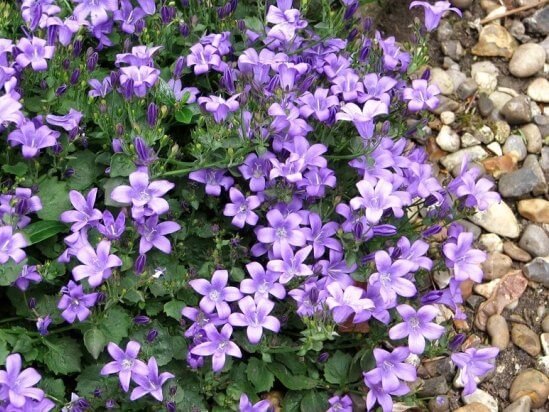
It is worth remembering that with seed propagation, varietal plants may not retain all their attractiveness.
Sowing in open ground is carried out in May, after the last night frosts, and bells are planted on seedlings at home in early March. You can plant seeds in the garden in autumn - for example, in mid-October, but before the onset of the first frost, such crops should be covered with non-woven material.
When sowing, the seeds are only slightly pressed into the surface of the soil, from above it can be covered only with a very thin layer of sifted soil. Germination occurs within 10 - 14 days at a temperature of about 18 ° C.
At home, the seedlings are covered with transparent plastic wrap or glass on top to create a greenhouse effect. Every day, the shelter is removed and the condensate is wiped off, and when the first shoots appear, they are removed for good.

When each bush can boast of the presence of 2 - 3 leaves, they dive, planting flowers at their permanent residence.
10 - 12 days after the dive, the plants are fed for the first time with nitrogen fertilizers in a very weak concentration.
Often, perennial species in the first year only form a root rosette of leaves, and the first buds decorate plants only in the second year of life.
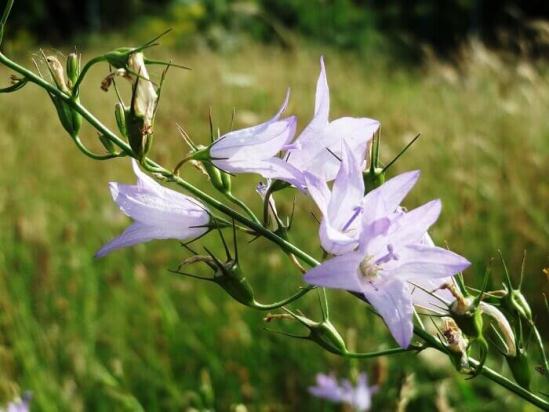
4.2 Cuttings
In a similar way, mainly biennial and perennial species are propagated; cuttings are often used for terry bells, which do not produce seeds.
Half-ripe cuttings are rooted in the spring, using growth hormones in a wet mixture of peat and sand, covered with a plastic cap or glass. In length, cuttings can reach 4 - 8 cm and have 2 - 3 internodes. To reduce moisture loss, leaf blades can be shortened by half.
The fact that the first roots appeared underground can be judged by the formation of young leaves.

4.3 Division of plants
Adult perennials can be divided into several parts during transplantation, but species that have a taproot system cannot be propagated in this way.
The bushes are dug up and shaken off the ground, examined and, if necessary, cut off old and rotten roots. Plants are cut into pieces so that each division obtained in this way has its own roots and a sufficiently developed ground part.
The wound surface, which appeared as a result of division, is sprinkled with charcoal powder.

4.4 Propagation by air layering
In low-growing, ground-cover varieties, lateral shoots in late spring or early summer are pinned to the surface of the soil and slightly instilled.
The surface of the earth in this place is kept uniformly moist, but not swampy. After some time, the first roots form in the leaf nodes, and young shoots appear above the soil surface.
Such layers are separated from the mother bush for the next year.

4.5. Reproduction by segments of rhizomes
In a similar way, only those types of bells that have a long rhizome reproduce - for example, crowded, peach-leaved and spoon-leaved bells.
The plants are dug out after flowering and the root system is shaken off the soil residues. The rhizomes are examined and the old and rotten parts are trimmed with pruning shears. The wounds are sprinkled with crushed charcoal.
The rhizomes are cut into pieces so that 2 - 3 renewal buds remain in each division. Plants are planted on the site, leaving the buds close to the surface of the soil and watered abundantly.
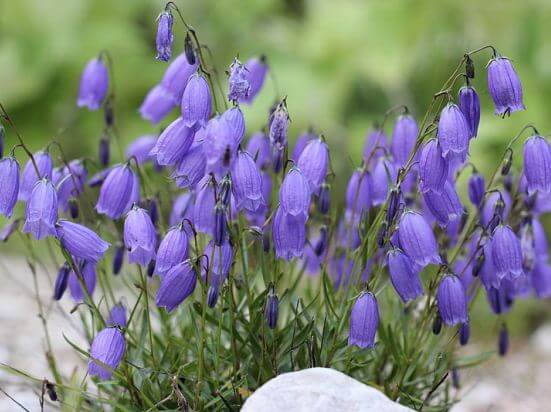
4.6 Separation of suckers
Some types of bells - for example, rapune-like, darkish, punctate, with age, begin to form root suckers - young plants located on segments of the roots of the mother bushes. Such offspring are separated during the summer months and set aside separately.
Caring for a crowded bell
We recommend reading our other articles
-
Fertilizer Krepysh
-
Indoor plant growing technology
-
Fertilizer Sudarushka
-
Growing leeks outdoors
In cultivation, the crowded bell is unpretentious. Minimal care is enough for him for abundant and long flowering.
-
Water this flower, like any other - as needed. The plant tolerates drought better than waterlogging, so that much water is never poured. And some varieties do not need watering at all, except during a prolonged drought in summer.
- Weeding and loosening the soil are important rules for crop care. The crowded bell does not like weeds; with their abundance, it begins to wither. So you need to regularly clean up the planting site, pull out weeds, weed the ground to a shallow depth.
- Overcrowding. Once every 4 years, it is worth separating the overgrown bushes of the crowded bell. The bushes are usually dug up, divided into parts and planted. Thus, the plant is rejuvenated, the root system is checked for the presence of diseases.
Important!
You can extend the flowering of this culture by cutting off all the buds that have been taken away. If you need to get seeds, you can leave the last flowers for these purposes .. Fertilizer
At the beginning of the year, you can pour a little urea under the bushes so that the plants grow faster. To fertilize plantings in late spring and summer, humus, superphosphate, potassium sulfate, wood ash are used. On average, these flowers can be fertilized 3 times a year: before budding, during the appearance of the first buds and after flowering.
Fertilizer. At the beginning of the year, you can pour a little urea under the bushes so that the plants grow faster. To fertilize plantings in late spring and summer, humus, superphosphate, potassium sulfate, wood ash are used. On average, these flowers can be fertilized 3 times a year: before budding, during the first buds and after flowering.
The crowded bell is resistant to low temperatures, so it can be grown even in the northern regions. For the winter, the flower is not insulated, not covered, except for the company with neighboring plants that grow in the flower bed.
Varieties
Many natural forms of bells have successfully migrated to the gardens of flower growers. They are decorative, winter-hardy and unpretentious to care for, but not sufficiently varied in color. Breeding work with the bellflower family has been going on for several centuries. The broadleaf bell is no exception. The following varieties are the most popular:
"Alba" will not go unnoticed anywhere - its magnificent snow-white inflorescences form lush bunches on the stem;
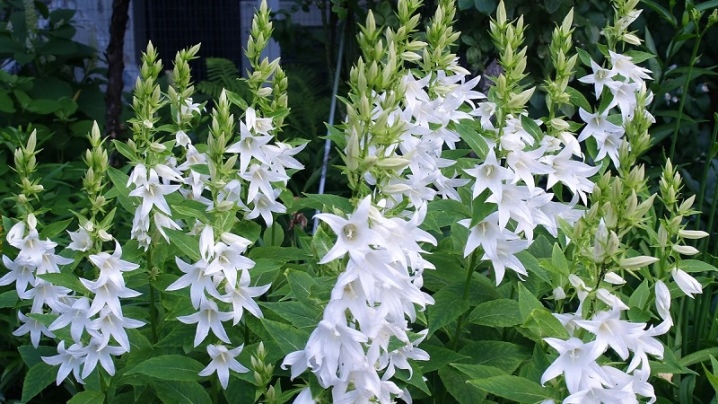
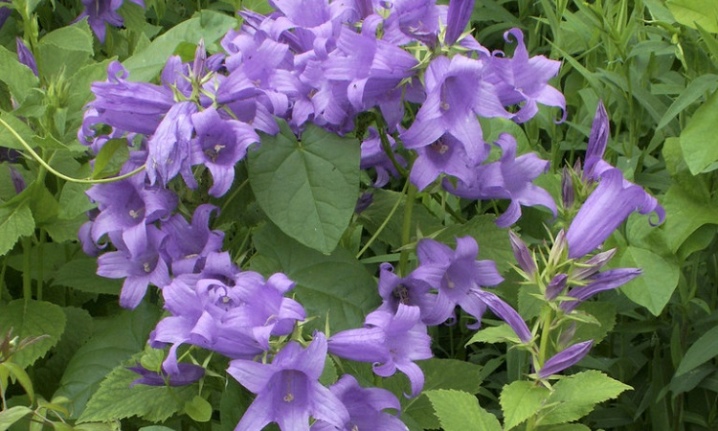
The breeding varieties have a higher decorative effect, a wide range of color coloration and large numerous inflorescences, but they are more demanding in terms of growing conditions in comparison with natural forms. But still, you can always find the right variety for almost any climatic conditions.
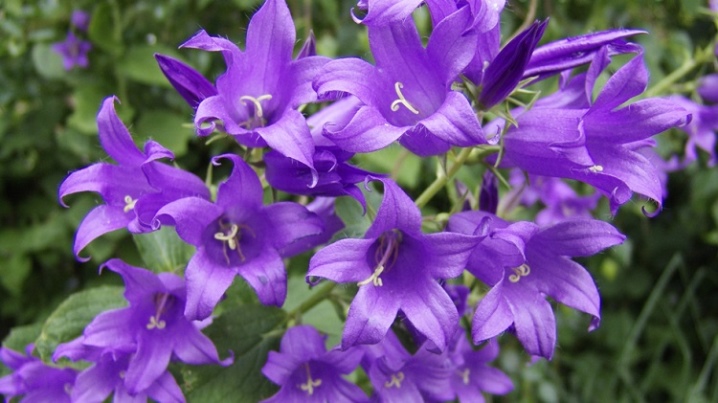
Reproduction
The bell can be propagated using the vegetative method - division, but for this only adult bushes are taken at the age of 3 years. It is customary to divide either at the end of spring or at the end of summer. The parent plant needs to be dug in a circle, watered and dug up completely. Then all branches are cut off from it, and the root system is divided into several parts. You can plant cuttings right away, but only in rainy weather, so as not to burn the plant in the sun.
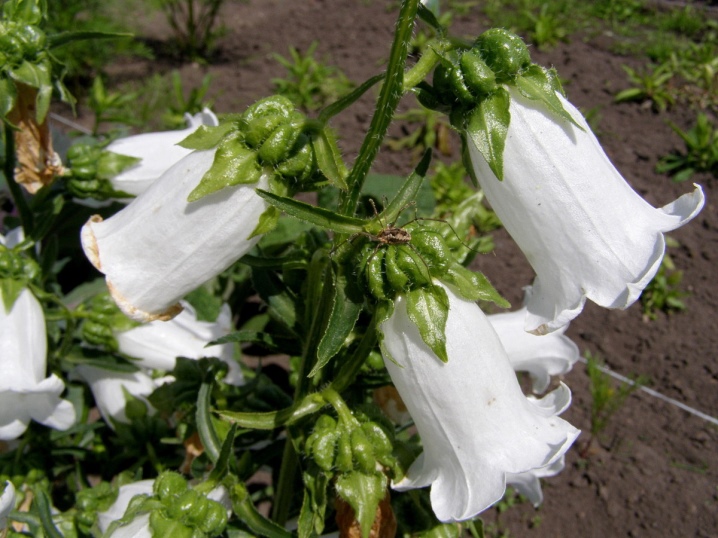

The seed method is also not difficult. First, the fruits that are darkened to a brown color are collected, then they are dried, and the seeds are immediately sown into open soil (in May or early October, when it is still warm). Growing seedlings with further spring movement into the ground is also allowed, then sowing them in containers should be started in March.

Certain varieties, including bells with double flowers, do not make sense to propagate by seeds, since they do not inherit varietal traits from the mother plant. Therefore, they need to be bred by dividing the bushes.

You can also cut the plant with new shoots, broken off from the base of the bush in the spring. They are usually then planted in rooting containers and left until transplanted the following spring.
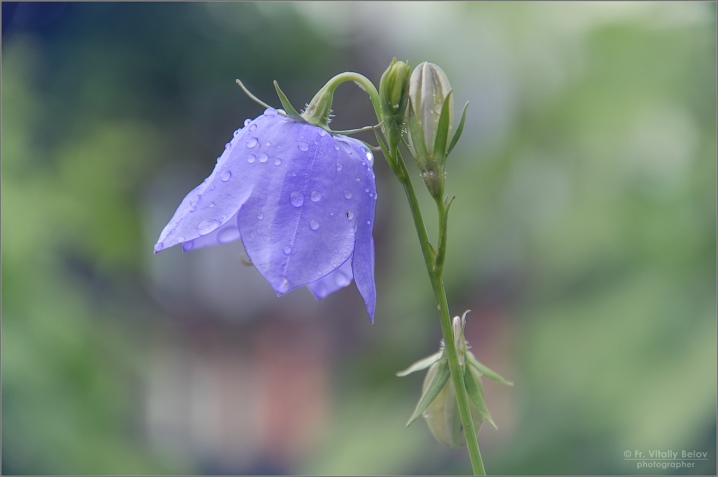
Disease and pest control
Due to a violation of the rules for caring for a plant, root rot can affect it. This is due to excessive watering.
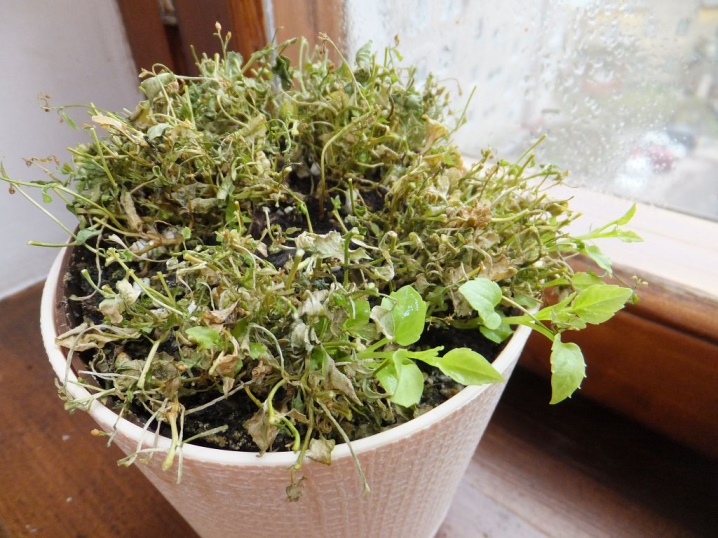
Of the pests, a spider mite or a scabbard can colonize Campanula. The spider mite is especially dangerous, since it is almost impossible to notice it in the early stages. The leaves of the flower begin to dry more and more, die off, and if the fight against the pest is not started in time, the plant dries up completely and dies.
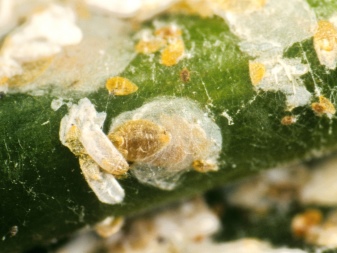

The first sign of tick damage is the appearance of small dots on the leaves. At first they are small in size, then they become larger. Such points appear in places where the tick sucked sap from the leaf, and gradually the plant dries up. And you can also notice a small cobweb on the bottom of the sheet. The insect itself is so small that it is almost impossible to see it with the naked eye. To get rid of a tick in a street flower garden, you will need 2 insecticide treatments with an interval of 14 days. Aktara or another drug will do.


Bellflower diseases and pests
The crowded bell does not often hurt. He has a strong, stable immunity, so such problems rarely occur. Such ailments as fusarium, white rot are inherent in this culture. If similar problems are noticed on the flower, it is necessary to carry out the treatment with "Fundazol", "Bactofit", Bordeaux liquid, copper sulfate or similar remedies for diseases.
Photo of the crowded Superba Bell
The culture is resistant to pests. If they do appear, then, as a rule, they do not do much harm. In rare cases, gardeners carry out insecticide treatments. The reason may not be so much the desire to save the plant (he does not need this), but rather the desire to stop the invasion of pests before they move to neighboring crops. You can use such insecticides as "Decis", "Respect", "Aktara", "Tanrek", "Engio".
Description
The nettle bell belongs to the perennial plants of the Kolokolchikov family. The Latin name of the culture is Campanula trachelium, which means “bell”. This culture has the following characteristics:
- the bush reaches a height of 70 to 100 cm;
- the rhizome is thick, fibrous, not afraid of the winter cold;
- reddish stems are erect, dense and thick with hairs;
- the leaves are similar in appearance to the leaves of stinging nettle, the lower ones are larger, reaching 9–10 cm in length, the middle ones are heart-shaped, the upper ones are narrow, oval, the edge of the leaves is decorated with notches;
- the plant blooms in the middle of summer, flowers are formed in the axils of the leaf plates - 2-3 pieces each; those in the upper part form an inflorescence that resembles a brush;
- petal color - from white to blue and purple; corolla 3-4 cm in size consists of 5 petals; at the end of summer, the bell fruit ripens - a box with seeds.
Nettle bellflower feels comfortable in partial shade, can grow in lowlands, ravines, groves, in the shade of forests with medium humidity. There are no special requirements for the composition of the land for cultivation, but if you plant a bush on fertile, slightly acidic soil, its growth and flowering will be especially abundant. For plant breeders, the culture is interesting for its large drooping flowers of a beautiful color, mainly the bell is used for decorative purposes.
However, it is known that before its leaves and rhizomes were used by people for food, and some healers still use it to treat the throat as a medicinal plant. It should be added that the bell is not afraid of cold weather and has good immunity, which is why it is rarely affected by diseases and harmful insects.




